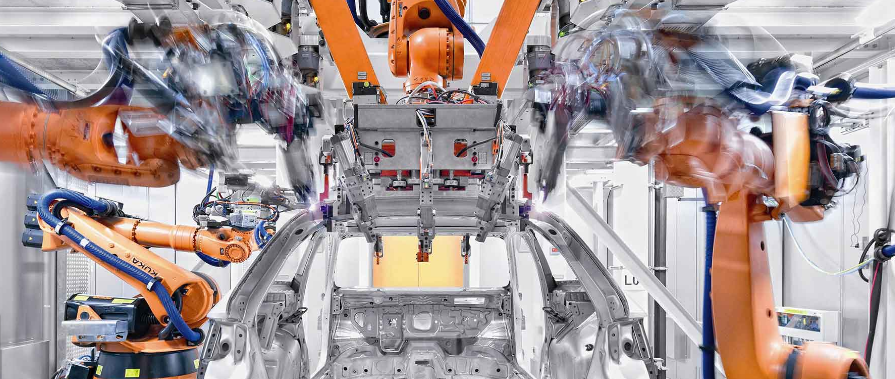
Laser cutting technology has become an increasingly important part of the automotive industry and offers many advantages over traditional cutting methods such as mechanical cutting or water jet cutting. Here are some key points about laser cutting for the automotive industry:
Precision Cutting: Laser cutting provides unparalleled precision, allowing manufacturers to cut complex shapes and designs with extremely tight tolerances. This precision is crucial for automotive parts where accuracy is critical.
Versatility: Laser cutting can be used on a variety of materials commonly used in automotive manufacturing, including steel, aluminum and various alloys. This versatility makes it suitable for cutting different automotive parts such as body panels, chassis components and interior components.
Efficiency: Laser cutting is an efficient process that can significantly reduce production time compared to traditional cutting methods. It offers fast cutting speeds, minimal setup time, and the ability to cut multiple parts simultaneously using an automated system.
Cost-Effectiveness: While the initial investment in laser cutting equipment may be higher compared to other cutting methods, the long-term cost-effectiveness can be significant due to reduced labor costs, minimized material waste, and increased productivity. of.
Quality Control: Laser cutting ensures consistent quality across all parts, reducing the possibility of defects and rework. This reliability is critical in automotive manufacturing, where safety and performance standards are critical.
Design flexibility: Laser cutting allows greater design flexibility, making it possible to produce complex and lightweight automotive parts. This flexibility helps improve vehicle performance, fuel efficiency and aesthetics.
Integration with CAD/CAM systems: Laser cutting systems can be seamlessly integrated with computer-aided design (CAD) and computer-aided manufacturing (CAM) software to achieve efficient programming and optimization of cutting paths for complex geometric shapes.
Reduced environmental impact: Laser cutting produces minimal waste and consumes less energy than traditional cutting methods. Additionally, it eliminates the need for lubricants or coolants, reducing environmental pollution.
Safety Precautions: While laser cutting offers many benefits, safety precautions must be taken to protect operators from potential hazards such as laser radiation and fumes. Proper training, equipment maintenance and safety procedures are critical to safe operation.
Overall, laser cutting technology plays a vital role in the automotive industry by increasing the efficiency, precision, and flexibility of the manufacturing process, ultimately helping to produce high-quality cars.
